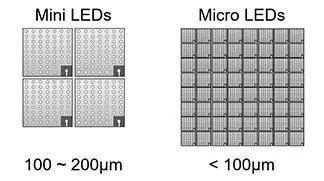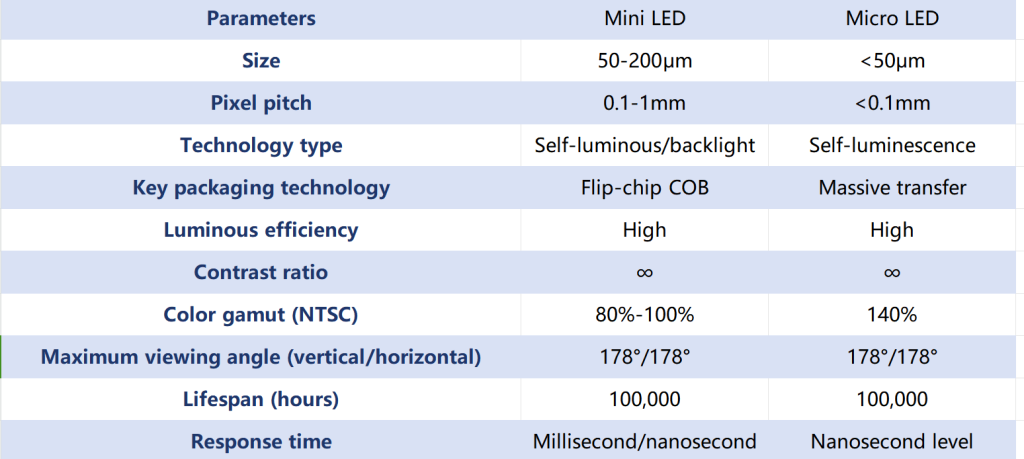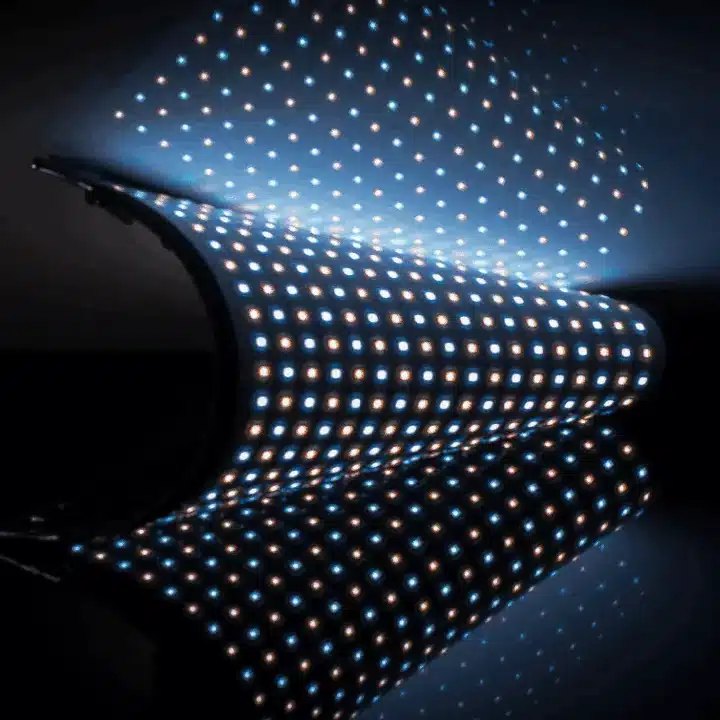Mini LED displays have emerged as a revolutionary advancement. Mini LED technology, along with its counterpart Micro LED, is at the forefront of this innovation. This guide delves into the intricacies of Mini LED displays, distinguishing them from Micro LED displays, exploring their development, and understanding their significance in today’s technological landscape.
What are Mini LED and Micro LED?
Mini LED Displays Explained
Mini LED displays technology involves a new form of backlighting for LCD panels, consisting of thousands of tiny LEDs that enhance brightness, contrast, and overall picture quality. Unlike traditional LED displays, which use larger diodes, Mini LEDs displays are significantly smaller, allowing for a more precise control over lighting. This advancement results in improved local dimming and higher dynamic range, leading to more vibrant and detailed images.
Micro LED Displays Overview
Micro LED displays, on the other hand, represents a leap forward in self-emissive display technology. Unlike Mini LED Displays, which is a backlighting improvement for LCDs, Micro LED displays consist of microscopic LEDs that act as individual pixels. Each LED emits its own light and color, eliminating the need for a backlight. This allows for unparalleled contrast ratios, response times, and energy efficiency, as each pixel can be turned on or off independently.

Differences between Micro LED Display and Mini LED Display
Technology and Structure
The core difference lies in their structure and application. Mini LED serves as an advanced backlighting technology for LCD panels, while Micro LED functions as a standalone emissive display technology. Mini LEDs are used to enhance existing displays, whereas Micro LEDs form the display itself.

Performance and Quality
Micro LED displays offer superior performance in terms of contrast, brightness, and color accuracy, attributed to their self-emissive nature. However, Mini LED displays bridge the gap between traditional LED and OLED displays by significantly improving LCD performance without the high cost of Micro LED displays or OLED displays technology.
Manufacturing Complexity
Producing Micro LED displays is more complex and costly due to the precision required to place millions of tiny LEDs onto a panel. Mini LED displays, while also complex, are easier to integrate with existing LCD production lines, making them a more cost-effective option currently.
Market Availability
Mini LED displays have gained traction in consumer products, particularly in high-end TVs, monitors, and tablets. Micro LED displays, though promising, is still in the early stages of consumer market penetration due to production challenges and cost considerations.
Why was Mini LED Displays Developed?
Enhancing LCD Performance
Mini LED technology was developed to address the limitations of traditional LCD displays, particularly in terms of brightness, contrast, and color accuracy. By incorporating thousands of smaller LEDs, manufacturers can achieve superior local dimming and contrast ratios, bridging the gap between LCD and OLED technology.
Cost-Effective Solution
While OLED technology offers exceptional display quality, it is often costly to produce. Mini LED offers a more affordable alternative that significantly enhances LCD performance without the high expense associated with OLED manufacturing. This makes advanced display technology more accessible to a broader consumer base.

Energy Efficiency
Mini LED displays offer improved energy efficiency compared to traditional LED displays. The ability to control lighting more precisely allows for reduced power consumption, which is particularly beneficial for portable devices like laptops and tablets.
Design Flexibility
The compact size of Mini LED displays allows for slimmer and more stylish display designs. This flexibility is particularly valuable for consumer electronics manufacturers aiming to produce sleek, modern devices without compromising on display quality.
Conclusion
Mini LED technology represents a significant step forward in display technology, offering tangible improvements in brightness, contrast, and color accuracy.While distinct from Micro LED displays, Mini LED displays provide a cost-effective solution that enhances existing LCD technology. Mini LED displays will undoubtedly be at the forefront of delivering high-quality, energy-efficient, and aesthetically pleasing displays.

